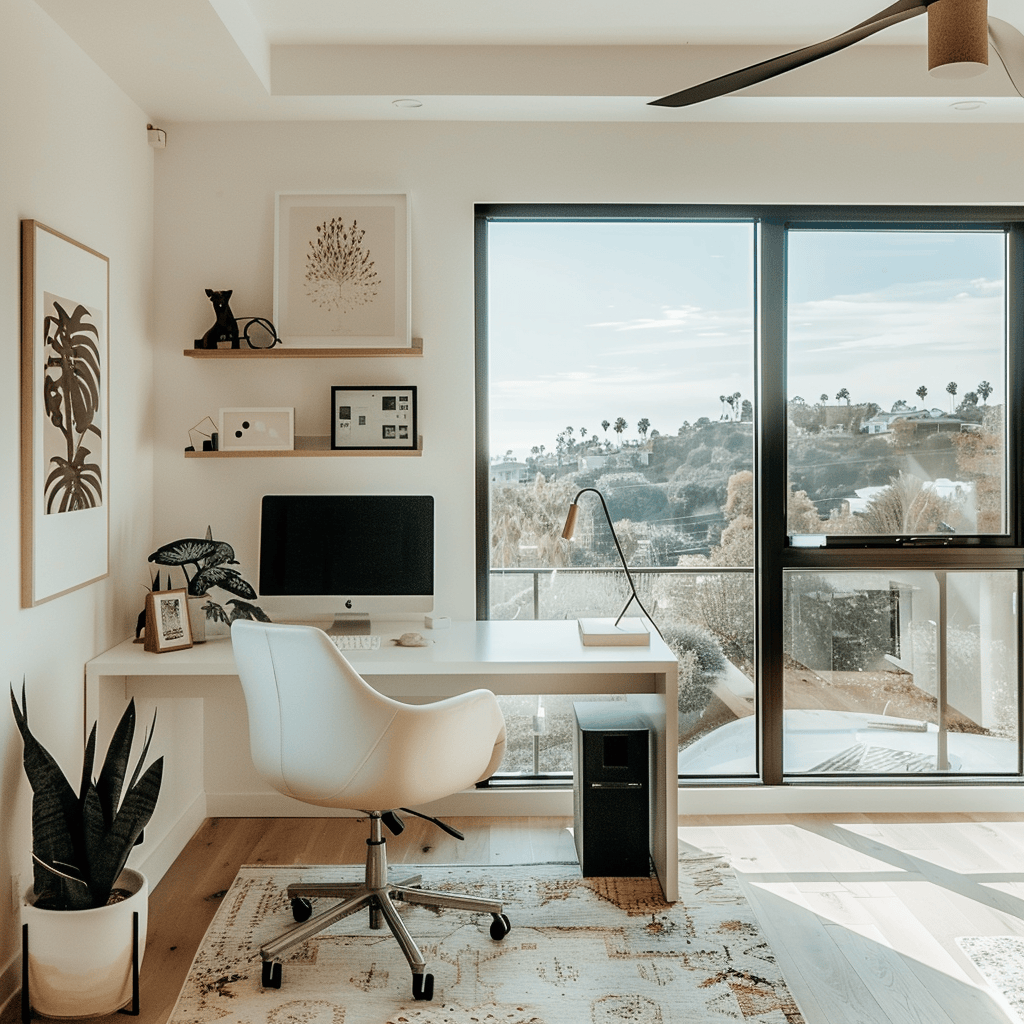In a culture that glorifies busyness, we often equate doing more with being more successful. But what if the key to greater impact, focus, and peace of mind was actually doing less?
Minimalism isn’t just about decluttering your home — it’s about simplifying your time, energy, and attention. This article will guide you on how to apply minimalist principles to your daily routine, helping you achieve more with less.
What Is Minimalism in Routine?
Minimalism in routine means intentionally eliminating the nonessential from your schedule so you can focus on what truly matters. It’s about quality over quantity — doing fewer things, better.
Benefits:
- Reduced overwhelm and burnout
- Increased clarity and decision-making
- More time for what aligns with your goals
- Improved focus and creativity
1. Identify Your Priorities
Start by asking:
- What are my top 3 life priorities right now?
- What activities support these priorities?
- What tasks or commitments don’t?
When you know what matters most, it’s easier to let go of the rest.
2. Eliminate Nonessential Tasks
Not everything needs to be done — and certainly not by you.
Tips:
- Review your weekly schedule and highlight tasks that drain your energy or time.
- Ask: “Is this really necessary?”
- Automate, delegate, or delete tasks that don’t serve your goals.
This clears space for intentional action.
3. Simplify Your Morning and Evening Routines
Routines are powerful, but they can become cluttered too.
Morning:
- 3–5 steps (e.g., water, stretch, plan, read)
- Avoid checking your phone first thing
Evening:
- Unwind with intention (no screens 1 hour before bed)
- Reflect on the day with journaling or planning
Keep it simple. Consistency is more important than length.
4. Create Theme Days or Time Blocks
Batching similar tasks together reduces mental fatigue and decision overload.
Try:
- Mondays: Meetings & planning
- Tuesdays: Deep work
- Wednesdays: Admin & follow-ups
This structure brings order without rigidity.
5. Say “No” to Create Space
Every yes is a commitment of time and energy. Protect your routine by saying no to:
- Unnecessary meetings
- Social events out of obligation
- Extra projects that don’t align with your goals
Your “no” creates space for what matters.
6. Use Fewer, Better Tools
Productivity apps can be helpful — or overwhelming. Pick just a few essential tools.
Suggestions:
- Calendar (e.g., Google Calendar)
- Task manager (e.g., Todoist, Notion)
- Notes app (e.g., Evernote, Apple Notes)
Keep your digital environment as clutter-free as your physical one.
7. Review Weekly and Adjust
At the end of each week, reflect:
- What felt too crowded?
- What brought the most value?
- What can I remove next week?
Minimalism is not one-size-fits-all — adjust based on your lifestyle.
More Clarity, Less Chaos
When you simplify your routine, you reclaim time, energy, and peace. You stop chasing every opportunity and start investing in the few that matter most.
Minimalism isn’t about having less — it’s about making room for what brings joy, clarity, and meaning. And that’s how you truly do more with less.
